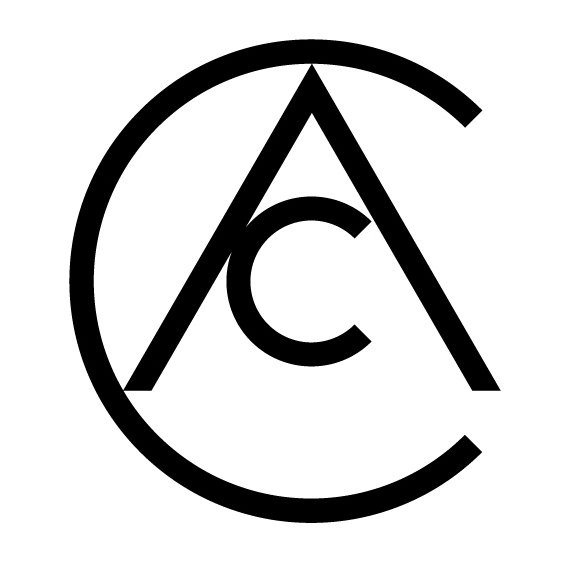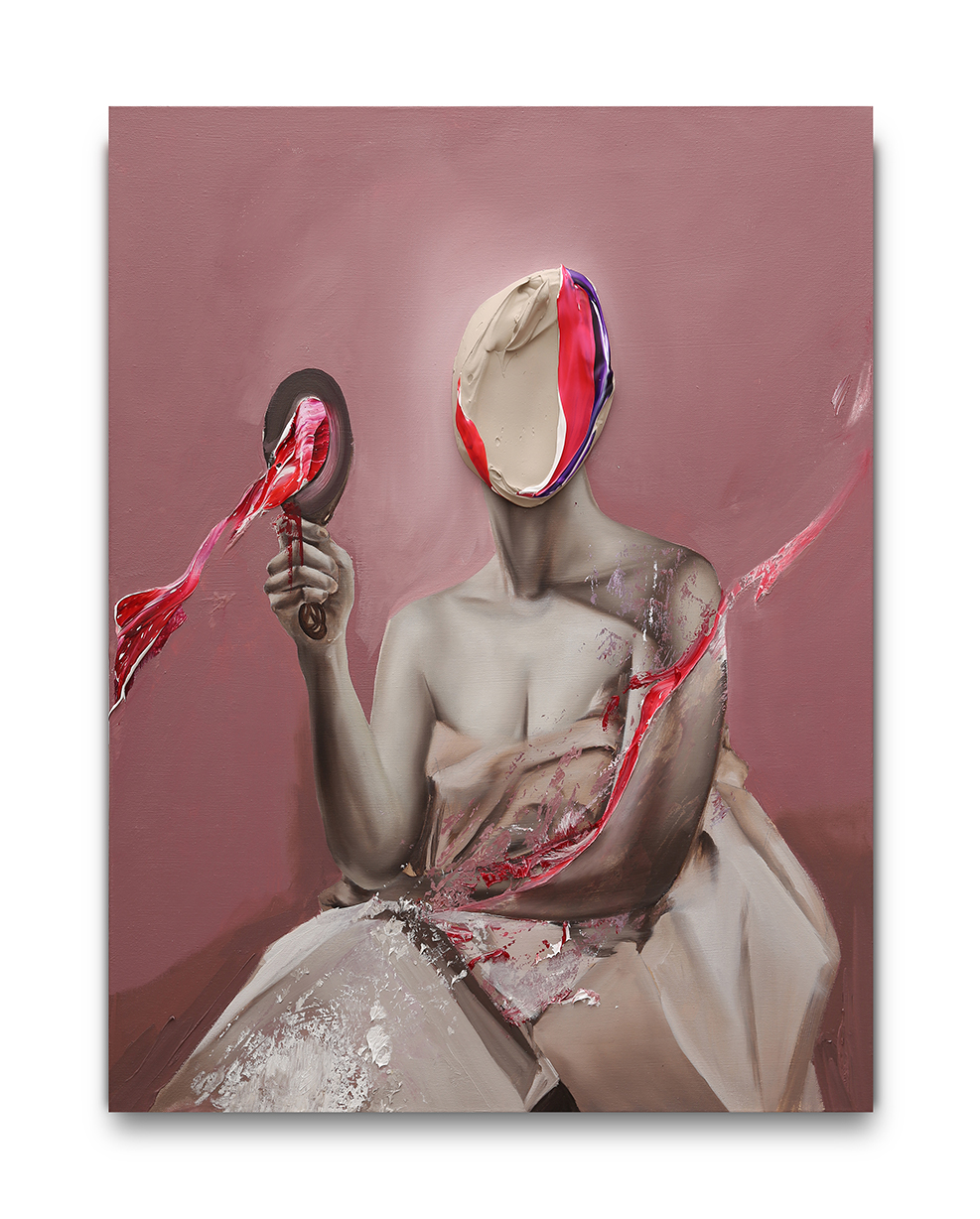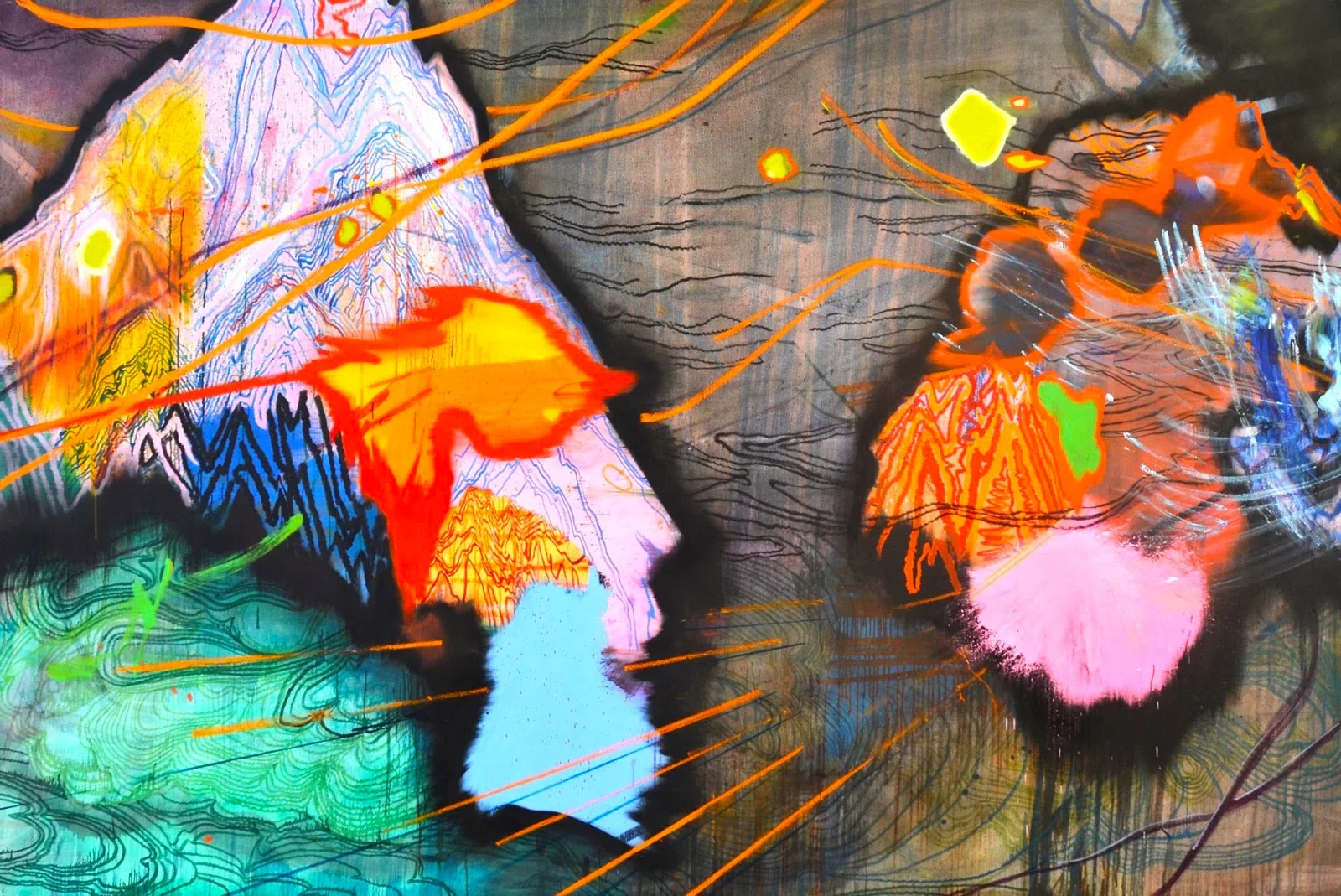A collection of fantastical paintings by artist Antonio Segura Donat aka Dulk from Spain.
All in Painting
'ONE OF US ' Interview with Ayca Güney
Born in Bursa, Turkey, in 1989, Ayca Güney Turkish painter, designer and art writer. She focused on painting when she was 16 years. In 2010, she graduated from Başkent University, with a Bachelor's degree in Interior Architecture, Ankara. (TR) She also studied in Germany, where she won the 'Best Architectural Concept 2010' award at 'imm Cologne' trade fair along with Prof. Bernd Benninghoff's design team. In 2013, she was accepted to Product Design Master Program in Domus Academy in Milan. During her master, she worked with Miriam Mirri. Her first solo exhibition were featured at Art212 Gallery, in Istanbul. Also in 2017 she exhibited at Florence Biennale, with the theme 'Earth, Creativity, Sustainability.' In 2017-2018, she attented group exhibitions in London, Florence and Bodrum. In 2017, she won ''Middle East Female Art Award'', Global Art Awards, Dubai. In her art works, you would see a sensory form of stylized, idealized and empathetic portraits that is a depiction of her friends, family, book characters and musicians; all of which have found a new life with her by watercolour and oil colour.
Kathryn Macnaughton
Kathryn Macnaughton’s abstract paintings are compositional and textural experiments in acrylic paint. They are also canvases of contradiction: at once contemporary and timeless, flat and sculptural, compiled and uniform, static and unmistakably alive.
Ellen Berkenblit
Ellen Berkenblit (born 1958 in Paterson, New Jersey) is an American painter who lives and works in Brooklyn, New York.
Kazuhiro Hori
Paintings by Japanese artist Kazuhiro Hori.
Alexandra Levasseur
Selection of recent works by Montréal-based artist Alexandra Levasseur.
Tania Alvarez
Born in Sevilla, Spain, Tania Alvarez immigrated to the United States with her family in 1983. After receiving her BFA in 2005 from Pratt Institute, she continued her studies in Barcelona, Spain, earning a Postgraduate Degree from Elisava School of Design in 2009, and completed her MFA at the New York Academy of Art in 2017.
Jana Brike
Jana Brike was born in year 1980 in Riga, Latvia. She has studied academical painting in the Art Academy of Latvia and received M.A. degree in year 2005. Her work has been exhibited internationally in professional venues since 1996 while she was still a young teenager, and since then she has had 13 solo exhibitions and nearly 100 other projects and group exhibitions all over the world.
Casey Gray
Casey Gray lives and works in San Francisco, CA. Gray graduated with a BA from San Diego State University in 2006, and continued on to complete his MFA in 2010 at the San Francisco Art Institute.
Ce Jian
Born in Jinan/Shandong, China in 1984. Now lives and works in Germany.
Fabio La Fauci
Fabio La Fauci’s work, often inspired by Surrealism, Abstract Expressionism and Minimalism, and oscillating between abstract geometry and organic reality, escapes all attempts at artistic classification. His works’ intrinsic plastic ambiguity enables a transformation, the passage from one form to another form and from one meaning to another meaning.
Alejandra Atarés
Alejandra Atarés (Zaragoza, 1987) studied Fine Arts at the University of Barcelona, widened her knowledge in Bristol and deepened her studies in Art and Design at the Massachussets College. She started to exhibit her work in 2009 and she participated in several group shows and four solo shows in Barcelona.
Reiner Heidorn
Reiner Heidorn is a german neo-expressionist, lives in Germany next to Munich. If you ask the Weilheim artist Reiner Heidorn about his understanding of himself as an artist, he will say: “Painting to me means literally pushing oil paint across the canvas, shaping it in such a way that, with or without figuration, the result is a harmonious pictorial whole that does not show an artist’s characteristic manner and, without any specific artist’s hand, covers the surface, the way a tree trunk is blanketed by the elements.” Heidorn’s work is characterized by a freedom in his approach that is perhaps only available to the self-taught.
Todd James
Todd James (a.k.a. REAS) is an internationally recognized artist who began his career as a child in the New York City subway system.
Vincent Xeus
Vincent Xeus is a torrential force on the international art scene that permeates and defines our contemporary culture.
Thrush Holmes
Born 1979, Canada. Lives and works in Toronto, Canada.
Daniel Richter
Daniel Richter was born in 1962 in Eutin (Germany). Today, he lives and works in Berlin. The artist has shaped painting in Germany since the 1990s as few others have done. In his large-scale oil paintings, Richter dovetails set pieces of art history, mass media and pop culture into idiosyncratic, narrative pictorial worlds.
RENATE POLZER
Born 1947 in Bruck a.d.Mur, Austria, Renate Polzer was working 20 years as a free lance artist and organizor of cultural events in southern Styria. She studied History of Arts on the Karl-Franzens University in Graz and published her diploma thesis as a book „Horst Reichle, Maler und Graphiker“, Biberacher Verlagsdruckerei.
Interview with Alexandra Mekhanik
How would you describe yourself and your artwork? Clearly readable minimalism and harmony in everything. Dignity is highly appreciated in my heart. About myself,.. open hearted, easygoing and understanding. My credo is “treat others as you want to be treated”.
Jonatan Alfaro
In my paintings, the contrasted colors, colliding head on, reign supreme. In delicately expressed, tenuous settings , I let things appear. They are evocative settings, which can be associated with the landscape, although it is a personal landscape, fractured and torn, in which we see intriguing openings. They are like a fleeting punctuation that opens up onto unknown panoramas. In these we see architectonic deviations that allow us to perceive corners and far-off, complicated settings.




















